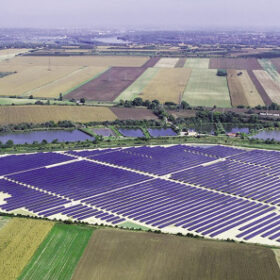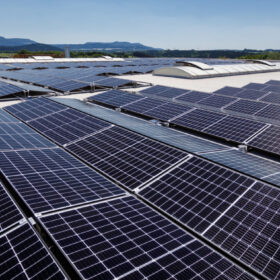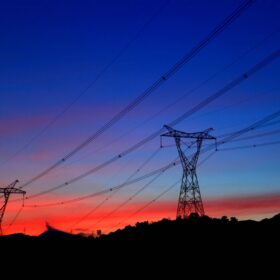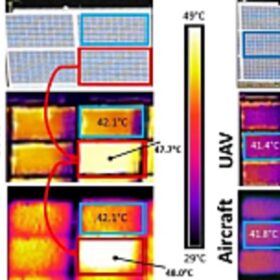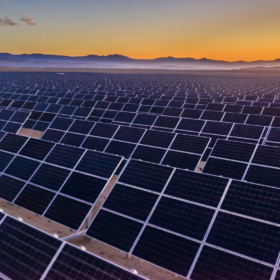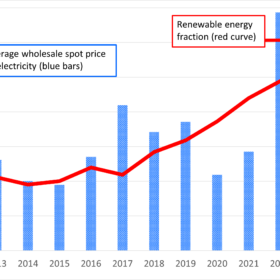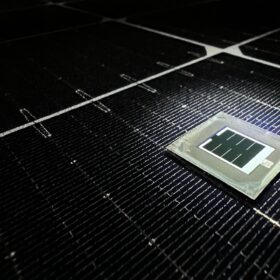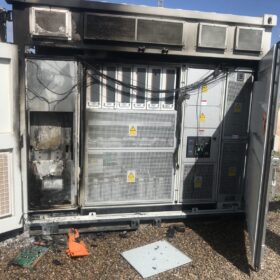Hungary’s 2023 solar capacity additions hit 1.6 GW
Hungary had a record year for new solar in 2023, taking its total capacity to more than 5.6 GW. However, analysts warn that government policies are restricting foreign investment, while grid capacity shortfalls could stunt the country’s rapid rise.
EV owners more likely to install rooftop solar
Scientists at the US National Renewable Energy Laboratory (NREL) have analyzed a survey of 869 households in the San Francisco Bay area and have found that electric vehicle (EV) owners are more likely to install rooftop solar on their homes than other consumers.
Many buildings in Germany unsuitable for rooftop PV, says TÜV Süd
TÜV Süd has discovered that 8% of the rooftops it examined in Germany last year are not suitable for PV deployment.
Mali-Mauritania interconnection project to support solar
The African Development Fund has approved $302.9 million of financing for a 225 kV electricity interconnection project linking Mauritania and Mali. The project is part of the Desert to Power initiative, which facilitates the development of solar plants in the region.
Drones vs. aircrafts for PV plant inspection
Scientists in Italy have investigated the performance of drones and a human-crewed airplanes for carrying out aerial infrared thermography inspections on PV power plants. According to their findings, airplanes may be more cost-effective.
The Hydrogen Stream: IEA says just 7% of planned capacity to go online by 2030
The International Energy Agency (IEA) says in a new report that only 7% of planned renewable-based hydrogen capacity is expected to go online by 2030. The report notes the need for consistent policies to support demand and prevent stranded assets.
PV and prices – the fast uptake of solar in Australia
Australia currently has about 40% renewable electricity, mostly solar and wind. This is not causing wholesale spot prices to change, nor destabilizing the grid. On current policy settings, the country will reach 82% renewable electricity in 2030.
‘Shallow defects’ key to high efficiency of perovskite solar cells, say researchers
Researchers at the Jülich Research Center in Germany have used novel photoluminescence measurements to analyze the recombination of charge carriers in perovskite solar cells. They have found that the loss of charge carriers in perovskite devices works differently from other types of PV cells.
Perovskite-silicon tandem solar modules must ensure degradation rate of 0.4%/year to compete with crystalline silicon
Researchers from Saudi Arabia’s King Abdullah University of Science and Technology (KAUST) investigated the commercial prospects of perovskite-silicon tandem PV technologies and found that, in order to bring them closer to market maturity, their cost should not exceed by 30% that of crystalline silicon counterparts. Their roadmap stresses the importance of reducing perovskite degradation and improving product stability.
Worker injured in fire at South Australian solar farm
The Australian authorities launched an investigation after an inverter burst into flames at the 30 MW Mannum Stage 2 solar farm, which is being developed near the town of Mannum, South Australia. A worker is now being treated in the hospital for burns.
